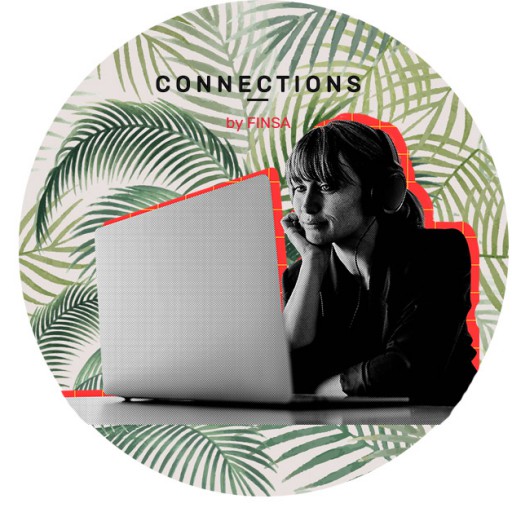More than half of the world’s population, 56% according to the World Bank, lives in urban areas, where more than 80% of the global gross domestic product (GDP) is generated. Far from having reached its growth peak, it is expected that in the coming decades this massive shift towards cities will continue, with almost 7 out of 10 people living in them by 2050.
This creates a series of challenges in the field of urban planning: how to ensure the quality of life for those who live (and will live) in these population centers? Managing issues such as traffic, energy, creating more human and sustainable spaces, or ensuring access to basic services within close distance becomes key for the cities of the future, something for which the help of technology will be crucial. Here are some technological advances that have already come to the rescue in urban planning.
AI-powered traffic lights
Google’s Green Light project uses AI to optimize traffic lights based on vehicle traffic flow data, which reduces pollutant gases. It is already being used in 12 cities worldwide.
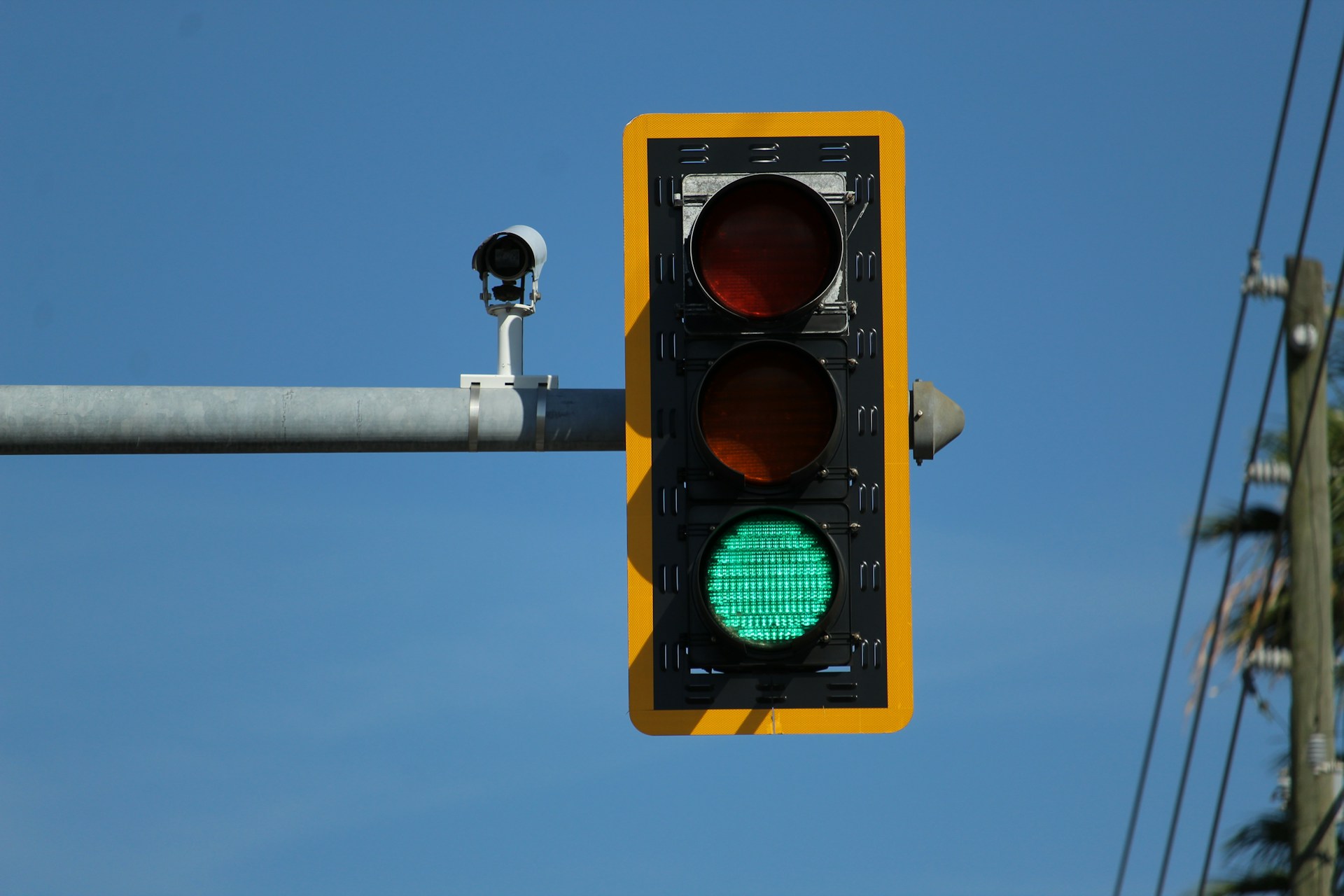
AI to determine where to plant trees
Green areas, especially trees, absorb CO2 and improve the air quality in cities, but they are not equally effective in all areas. To help determine where to plant trees to maximize emission reduction, IBM has developed a tool that uses AI, aerial images, and air quality data to identify the best planting locations. The prototype was tested in Manhattan (New York).
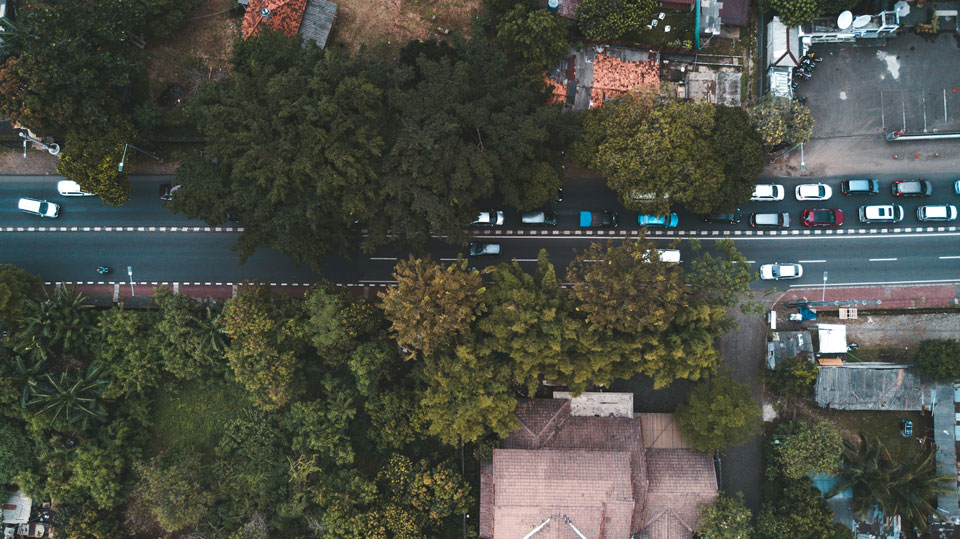
Digital twins for a 15-minute city
Barcelona is developing a digital twin—a virtual replica—that allows assessing whether it qualifies as a 15-minute city and if the various interventions being made comply with this model.
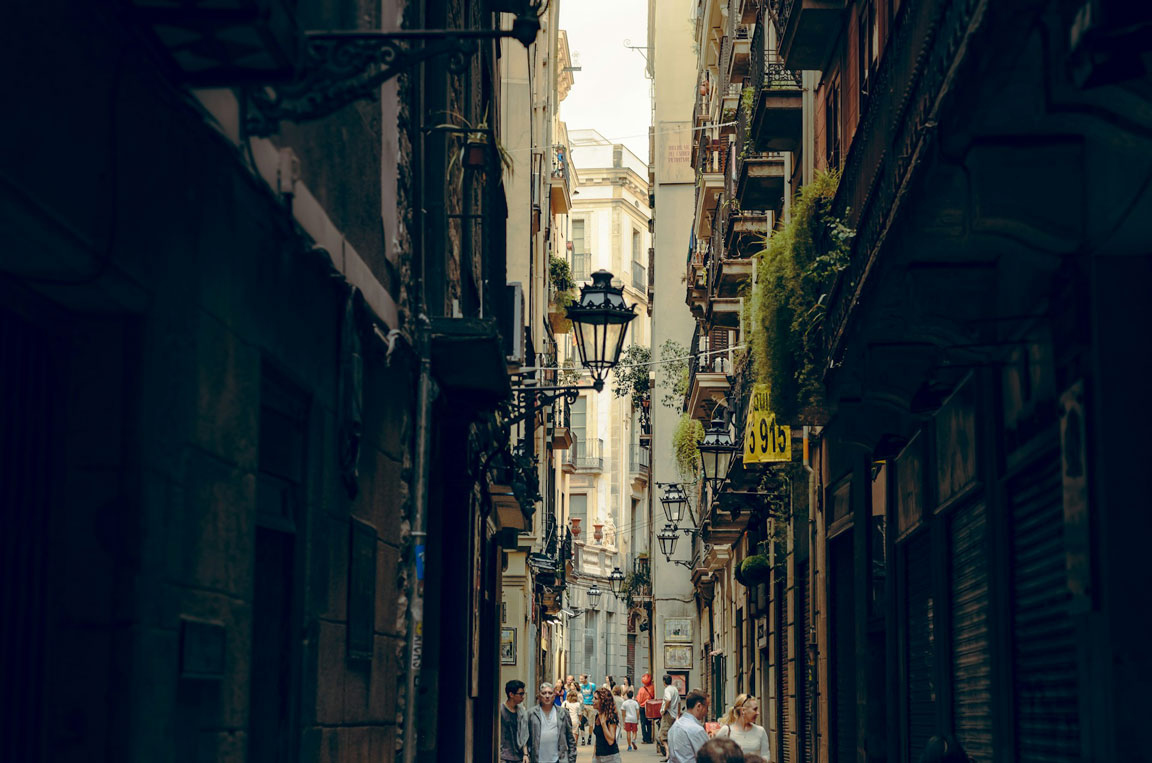
Big data to facilitate bicycle use
Copenhagen (Denmark), one of the cities with the highest number of cyclists, uses local government-installed sensors throughout the city to gather information about cyclists’ peak hours, common routes, and speeds, data that has already been used to improve infrastructure.
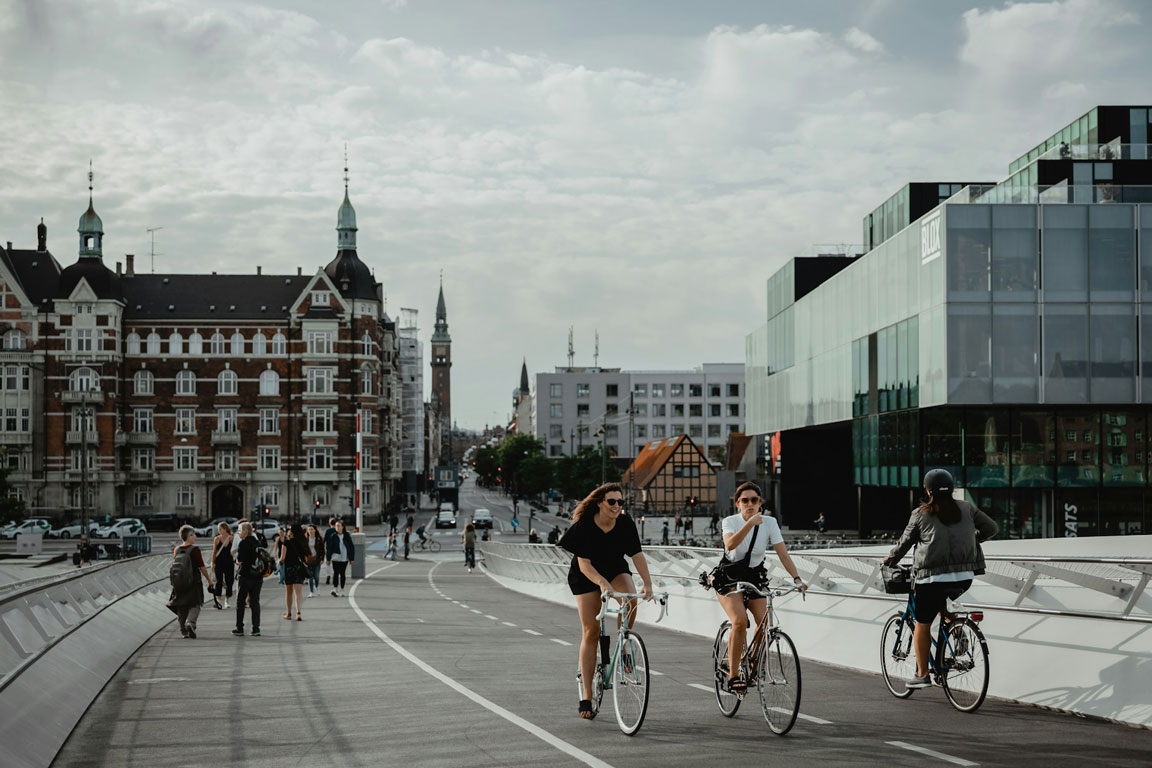
Lampposts with WiFi or seismic sensors
Beyond using technology to save on lighting (through motion sensors, for example), the potential of lampposts, an urban furniture item found throughout the streets, is immense. An Intel whitepaper suggested uses such as WiFi signal emitters or seismic sensors, in addition to indicating that they could help control traffic, assist in parking, or prevent crime, among other things.




